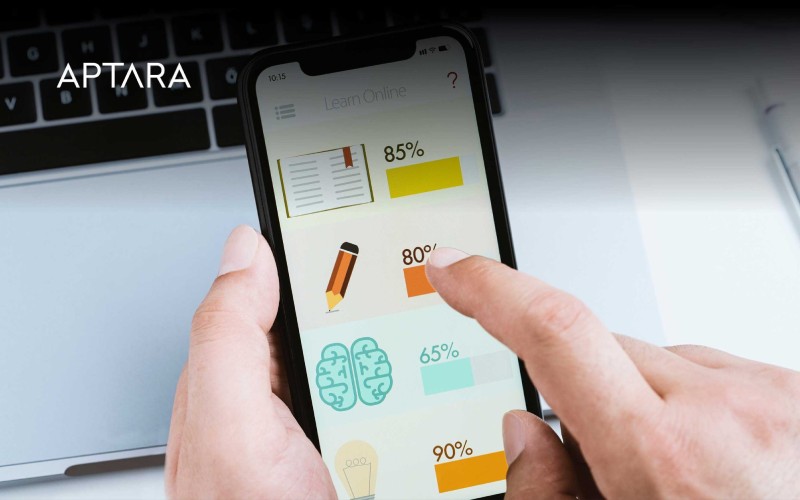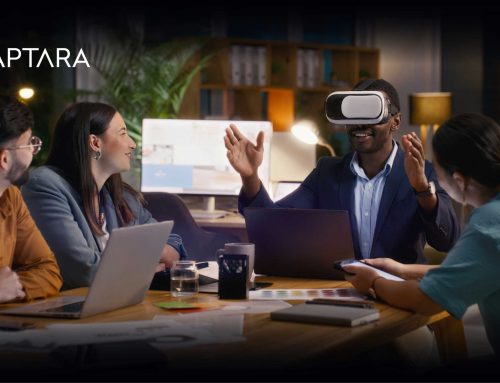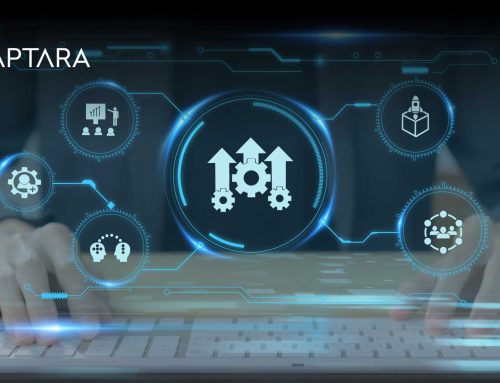Over 6.9 billion people worldwide use smartphones today, and many of them are your employees. As mobile usage continues to dominate digital behavior, it’s only logical that learning should follow suit.
Mobile Learning represents a strategic change in how businesses engage, train, and upskill their employees, it’s not just a fad. Businesses can increase engagement, retention, and performance improvement more quickly by giving access to the interactive, bite-sized content straight to employees personal devices.
Mobile-first training makes sure that learning is available anywhere, at any time, in the current hybrid and remote work environment where teams work across time zones and on flexible schedules. Training becomes a natural part of the daily routine as it turns idle time into educational opportunities.
1. Seamless Accessibility with User-Friendly Design
A mobile learning platform is only as effective as its usability. If your employees struggle to log in, navigate the dashboard, or find their assigned courses, training loses momentum before it even begins.
A user-friendly design ensures that learners can:
- Quickly access content from any device, mobile, tablet, or desktop
- Navigate intuitively without technical assistance
- Engage with bite-sized lessons at their convenience
Modern platforms feature responsive interfaces, intuitive dashboards, and minimalistic layouts, allowing users to focus on learning, not logistics. For employees in non-desk roles or in the field, offline access adds a layer of flexibility. With course downloads and auto-sync capabilities, training continues even without an internet connection.
2. Engaging a Diverse & Remote Workforce
In the age of hybrid workforces, mobile learning plays a vital role in engaging geographically dispersed and demographically diverse teams.
Key advantages:
- Delivery consistent, high-quality training across all locations
- Delivers clear, memorable content designed for today’s fast-paced work environments.
- Drives higher participation, especially among millennials and Gen Z professionals
- Encourages a culture of shared learning across roles, regions, and departments
This accessibility levels the playing field, empowering everyone, from office-based employees to frontline workers, to learn and grow together.
3. Learning in the Moment of Need
One of the biggest advantages of mobile learning is real-time accessibility. When an employee needs to troubleshoot a tool, understand a policy, or refresh product knowledge, they can instantly access microlearning modules relevant to that moment.
This feature:
- Enhances performance by delivering support exactly when it’s needed
- Closes knowledge gaps proactively
- Reduces dependency on lengthy training sessions
- Supports compliance by keeping employees updated in real-time
It transforms learning into a continuous, contextual process that directly contributes to productivity.
4. Gamification and Engagement Tools
Training shouldn’t feel like a checkbox activity. With gamification, mobile learning becomes interactive and rewarding, turning learners into active participants.
Engagement boosters include:
- Quizzes with drag-and-drop, multiple-choice, or fill-in-the-blank formats
- Interactive cards, image hotspots, and knowledge games
- Badges, progress bars, and leaderboards to celebrate milestones
Gamified Learning taps into intrinsic motivation, making even mandatory training, like compliance or cybersecurity, more enjoyable and impactful.
5. Just-in-Time (JIT) Learning for On-Demand Productivity
Modern learners value speed and relevance. JIT Learning combined with mobile access allows employees to quickly find and apply new knowledge without disrupting their workflow.
Why it matters:
- Helps learners retain information better through immediate application
- Reduces training time and boosts real-world outcomes
- Supports frontline workers or sales teams who need fast, actionable insights
- Makes learning feel less like a task and more like an on-the-job asset
JIT learning allows organizations to keep pace with the speed of business by aligning learning into the flow of work.
6. Smart Content Creation and Employee-Generated Learning (EGL)
Training programs can become outdated fast. Instead of relying solely on L&D teams or external vendors, modern platforms encourage Employee-Generated Learning (EGL) empowering internal experts to contribute content.
Benefits of EGL:
- Subject-matter experts (SMEs) share practical, up-to-date knowledge
- L&D teams save time and scale faster
- Content evolves in real time, reflecting operational changes or compliance updates
- Promotes internal ownership and shared accountability for learning
It transforms employees from passive learners into active contributors, enriching your training library with diverse, frontline insights.
7. Measuring ROI and Training Effectiveness
The most highlighted concern for business leaders is understanding the impact of training investments. Mobile learning platforms offers built-in analytics that go beyond completion rates.
Measurement tools include:
- In-app surveys and polls to gather learner feedback
- Real-time dashboards to track progress, performance, and completion
- Feedback capture post-application to measure on-the-job impact
- LMS integration to view organization-wide learning patterns
These insights help L&D leaders refine their strategies, improve content, and clearly demonstrate ROI to executive stakeholders.
Summing up
Mobile learning platforms have become essential facilitators of agile, accessible, and captivating training in a rapidly changing corporate environment. Selecting the best platform involves more than just features; it also involves matching learning to employee demands, business objectives, and the nature of work in the future.
Businesses can promote a culture of continuous learning by giving usability, content flexibility, mobile compatibility, interactivity, and analytics top priority. In addition to upskilling workers, a well-executed mobile learning strategy gives them the ability to advance alongside the company. The outcome? A workforce that is more capable, connected, and prepared for the future.





